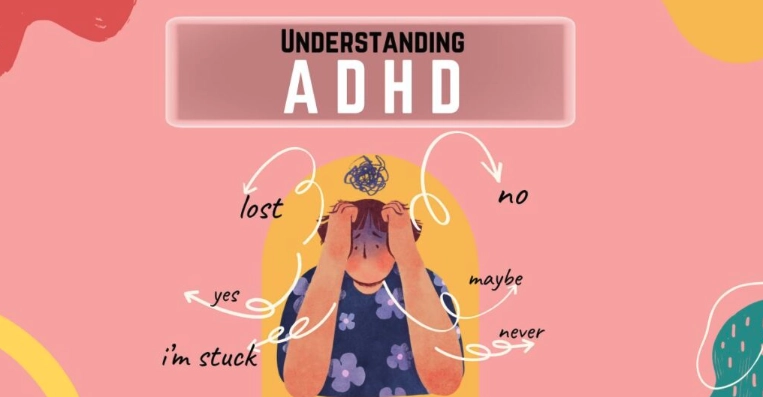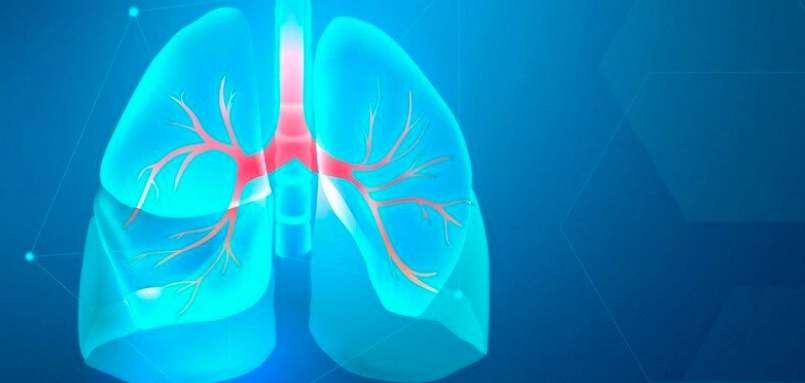
What is ADHD?
ADHD is a neurodevelopmental disorder that affects a person's ability to regulate attention, impulses, and behavior. The disorder can manifest in a variety of ways, but the primary symptoms usually involve inattention, impulsivity, and hyperactivity. Although ADHD is often diagnosed in childhood, it can continue into adulthood, sometimes undiagnosed for years.
Recognizing ADHD in Children
In children, ADHD often becomes apparent by age 7, but the signs may show up even earlier. Common signs of ADHD in children include:
- Inattention: Difficulty staying focused on tasks, easily distracted, forgetful.
- Hyperactivity: Constant motion, difficulty sitting still, or talking excessively.
- Impulsivity: Interrupting others, difficulty waiting for their turn, making hasty decisions without thinking about consequences.
Recognizing ADHD in Adults
While children are more likely to exhibit hyperactivity, ADHD in adults may appear differently. Adults with ADHD often struggle with tasks that require organization and long-term focus. Symptoms may include:
- Disorganization: Difficulty keeping track of responsibilities, missed deadlines, and cluttered spaces.
- Impulsivity: Making quick decisions without consideration of the long-term impact, such as financial difficulties or relationship issues.
- Restlessness: Feeling the need to keep busy, inability to relax, or constant shifting between tasks.
Many adults may not realize they have ADHD, especially if they were never diagnosed as children. The symptoms can be mistaken for other issues such as anxiety or depression.
ADHD Diagnosis
The process of diagnosing ADHD is thorough and requires a detailed evaluation by a healthcare provider, such as a pediatrician, psychologist, or psychiatrist. The diagnosis often involves:
- Behavioral assessments: Tracking symptoms across different settings, such as home, school, or work.
- Medical history review: Evaluating personal and family medical histories to rule out other possible conditions.
- Questionnaires or checklists: Structured questionnaires, like the Conners' Rating Scales, to gauge symptom severity.
Choosing the Right Treatment for ADHD
The treatment for ADHD varies depending on the individual’s age, symptoms, and specific needs. The two primary types of treatments are medication and behavioral therapy.
Medication for ADHD
Medications are often used to help manage the symptoms of ADHD. There are two main types of medication:
- Stimulants: The most commonly prescribed medications for ADHD, including methylphenidate (e.g., Ritalin) and amphetamines (e.g., Adderall). These drugs help increase the brain’s dopamine levels, which improves focus and reduces impulsivity.
- Non-stimulants: For those who don't respond well to stimulants, non-stimulant medications like atomoxetine (Strattera) or guanfacine (Intuniv) may be prescribed. These can also help improve focus and control behavior.
Behavioral Therapy
Behavioral therapy is often recommended for both children and adults with ADHD. Cognitive-behavioral therapy (CBT) helps individuals develop better organizational skills, manage impulses, and deal with negative emotions. For children, parenting strategies and school accommodations can help improve focus and behavior at home and in the classroom.
Lifestyle and Support Strategies
In addition to medical and therapeutic interventions, lifestyle changes and support strategies can help manage ADHD symptoms:
- Routine building: Creating a structured daily routine helps individuals with ADHD stay organized and focused.
- Exercise: Physical activity can improve concentration and reduce restlessness in both children and adults.
- Dietary changes: A balanced diet with sufficient nutrients can support brain function and behavior regulation.
Chart: Symptoms of ADHD in Children vs. Adults
| Symptom | Children | Adults |
|---|---|---|
| Inattention | Easily distracted, forgetful | Difficulty organizing tasks, missing deadlines |
| Hyperactivity | Constant motion, difficulty sitting still | Restlessness, feeling "on edge" |
| Impulsivity | Interrupting others, acting without thinking | Impulsive decisions, risk-taking behavior |
| Emotional Regulation | Emotional outbursts | Mood swings, irritability |
Conclusion
Recognizing ADHD symptoms in both children and adults is the first step toward finding effective treatment. Whether through medication, behavioral therapy, or lifestyle adjustments, the right treatment plan can make a significant difference in managing the disorder. Early recognition and treatment are key to improving focus, behavior, and quality of life. If you suspect that you or your child may have ADHD, it’s important to consult with a healthcare provider who can help guide you toward the best treatment options.


